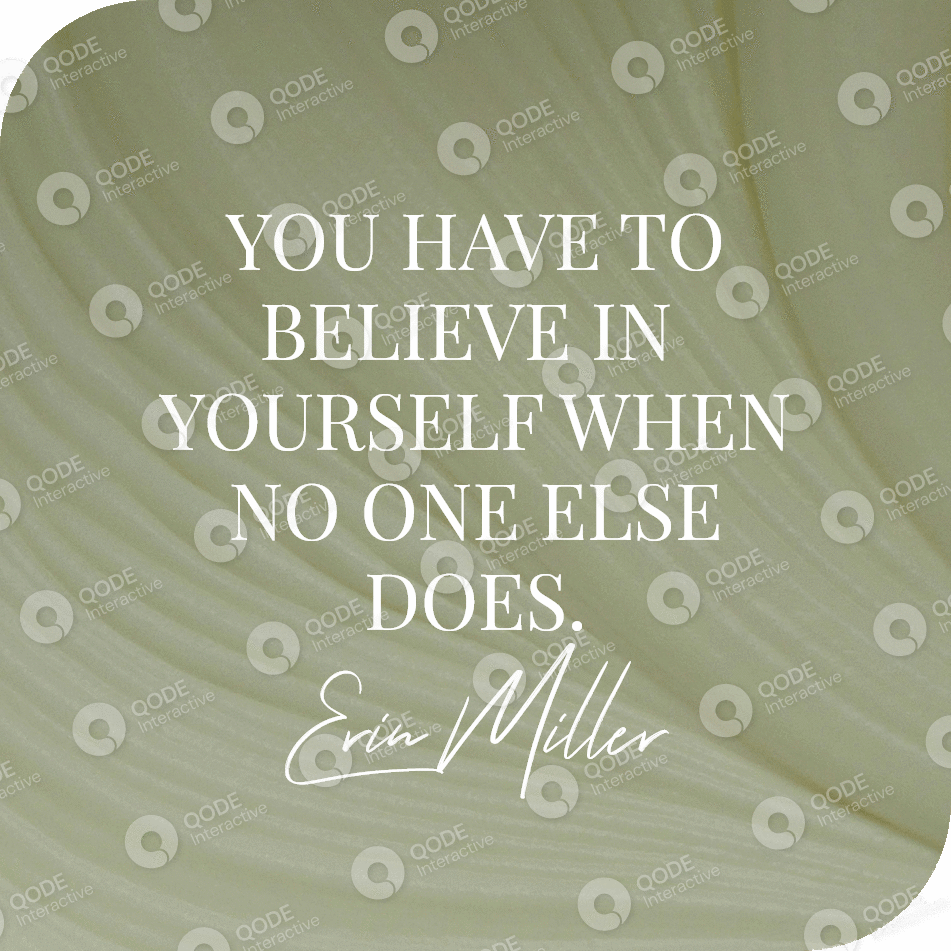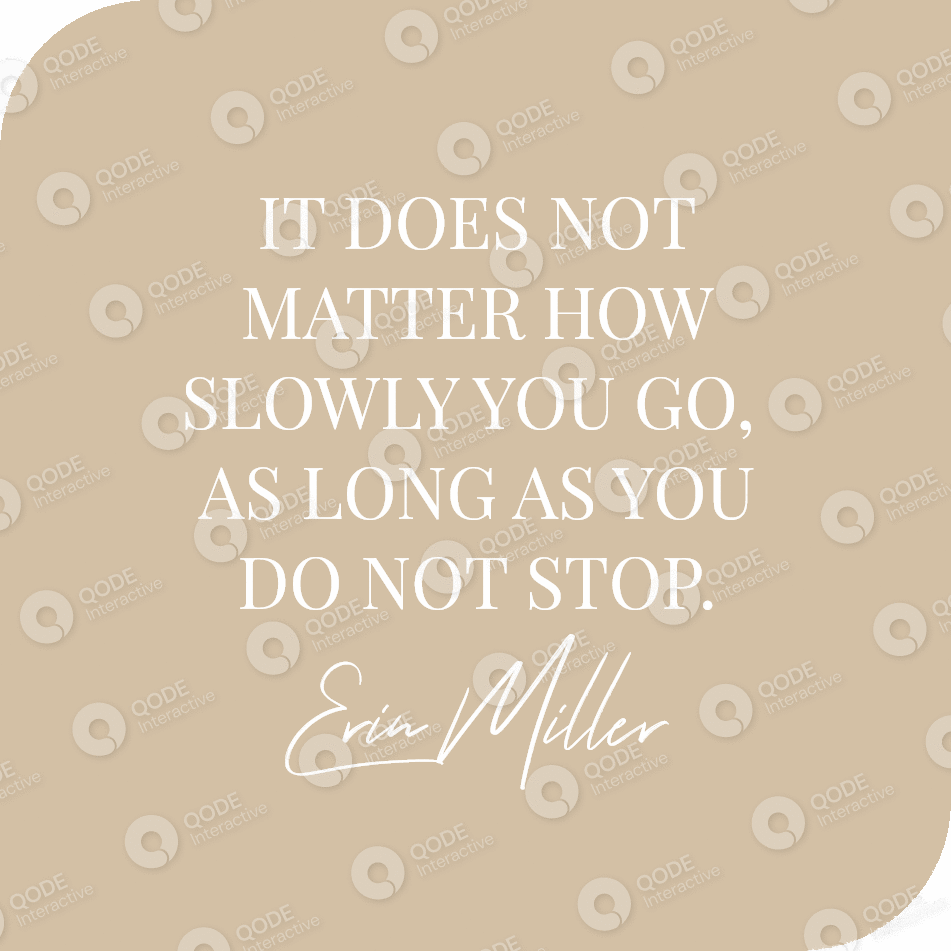
Unlock the Secrets of Attracting Investors: Learn What Elements You Need in Your Problem Slide
Entrepreneurs’ minds are wired to see problems and what is not working. Therefore, entrepreneurs are geared toward solving these problems. However, not all problems are worth solving. Some are just inconveniences that others are not willing to pay for. In other cases, the problem is tiny to build a business around. Regardless of the problem size and its importance to the segment you will serve with your startup, you must have a clear definition and observations to sell your idea to investors, customers, and employees. That’s why the problem slide is required in your pitch deck if you want to fundraise for your startup seriously.
- First, the founders get too quickly into the weeds and try to explain many technical aspects or necessary details about their target users; they sometimes get into competition. Although the problem touches multiple aspects of your startup, it is not about explaining the market segment, competition, or market size.
- Ignoring the problem slide altogether. This is a killer mistake. If you don’t have a problem slide, you miss a golden opportunity to shape the investor’s mind around the core value of your startup and product.
What Is The Problem Slide?
One crucial aspect is observing what is not working at different levels. In this slide, reflect on your observations of the target users and an industry-wide trend or problem. For example, Uber would say that a taxi ride is not predictable for a typical rider; at the same time, the industry cannot keep up with peak demands due to insufficient city planning to grant enough taxi driving licenses.
- Particular scenarios or pains they are going through. For example, Uber would focus on private rides in large cities, not commuting in general.
- Quantify those scenarios or pains, i.e., in the case of Uber; it can be the wait time to get a taxi.
- Show that users are frustrated and stuck with current solutions, i.e., the alternatives are too expensive or inconvenient to solve their problem. For example, taxi riders can solve it only by renting a car or having a private driver, which is expensive and not scalable for many large city inhabitants.
- How are they currently solving that problem? You want to demonstrate that the current solutions are not solving the problem, at least as effective as you will; Back again to Uber, I’d show that taxi dispatching systems are broken in many ways and expensive to run.
On the other hand, market-level is crucial to explaining general trends that will make it the right time for your startup to become a billion-dollar business. Therefore, you want to show free energy in the market that you will harness with your solution. Specifically, demonstrate the following:
- A problem that is getting worse over time. Demonstrate that users are getting disparate with less convenient or prohibitively expensive solutions. For example, the number of taxi drivers per capita in large cities was declining before Uber.
- No one, or very few, is solving it effectively. Show that current solutions have been offered the same way for a long time, and despite the change in user needs, no one is addressing the problem.
- The market is huge and will continue to grow. In the case of Uber, for example, an effective problem slide will explain that Gen-Z are buying fewer cars and more are living in big metropolitan areas.
Avoid These Common Mistakes
Many entrepreneurs misuse the problem slide, making it less credible and yet another boring slide. You want to educate your audience in this slide. You will fail miserably if you make these mistakes.
- Talk about competition. This is not the right place to compare your solution with the competition. You have a different slide for that. Also, you don’t want your startup to appear driven by what the competition does; you are building it to solve a real problem. You must connect with your users.
- No quantifiable or easy-to-measure user pain. If you can’t find a way to measure or assess your target users’ pain, no one will be able to tell the difference after experiencing your solution. On the other hand, you may work on the wrong product features if the user pain is not clear enough, and you can show that your product can solve it.
Closing Remarks
Your problem slide will set the tone and the flow of your pitch. It frames the discussion around why your startup should exist. Make sure you have: (1) A strong thesis, (2) a Clear sector or segment of your target customers, and (3) Surprising insights about their pains.








Leave a Reply